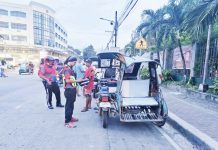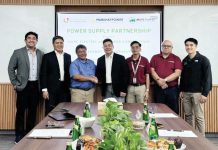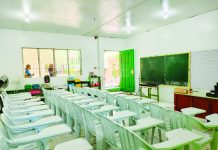
[av_one_full first min_height=” vertical_alignment=” space=” custom_margin=” margin=’0px’ padding=’0px’ border=” border_color=” radius=’0px’ background_color=” src=” background_position=’top left’ background_repeat=’no-repeat’ animation=”]
[av_heading heading=’After Boracay, let it be Caluya ‘ tag=’h3′ style=’blockquote modern-quote’ size=’30’ subheading_active=’subheading_below’ subheading_size=’18’ padding=’10’ color=” custom_font=” av-medium-font-size-title=” av-small-font-size-title=” av-mini-font-size-title=” av-medium-font-size=” av-small-font-size=” av-mini-font-size=” admin_preview_bg=”]
BY HERBERT VEGO
[/av_heading]
[av_textblock size=” font_color=” color=” av-medium-font-size=” av-small-font-size=” av-mini-font-size=” admin_preview_bg=”]
Tuesday, February 27, 2018
[/av_textblock]
[av_textblock size=’18’ font_color=” color=” av-medium-font-size=” av-small-font-size=” av-mini-font-size=” admin_preview_bg=”]
WAY BACK in 2013, this column begged of investors not to anymore build hotels in Boracay because the tourist island had become too congested, and therefore was getting overpopulated and polluted. They did not listen. And so now – facing the wrath of “typhoon Digong” – their structures could be uprooted for violation of environmental laws.
Methinks investors should have speculated for an alternative site, not too far away, to accommodate Boracay’s “spillover” visitors; a place which, in the long run, could lure tourists by itself. By fast craft from Boracay, it is only around one and a half hour away.
Such place is a group of islands comprising the municipality of Caluya, 19 nautical miles off the Antique mainland. Ironically, Caluya now holds the record of being the biggest income earner among the 18 Antique municipalities. With an annual income of approximately half a billion pesos, it has the potential of morphing from a literal coal mine into a figurative gold mine.
To Caluya belongs the island barangay of Semirara, where Semirara Mining and Power Corporation (SMPC) extracts coal for local and export markets. What the local government earns from the company’s taxes, it spends for the construction of infrastructure projects, employment and means of livelihood for residents.
The coal industry thereat has been around for 78 years. It began when President Manuel Luis Quezon signed Proclamation No. 648 “establishing as coal mining reservations all the coal deposits and coal-bearing lands in the southeastern portion of the province and island of Mindoro, and the islands of Semirara, Sibay and Caluya in Antique.”
The government-owned Semirara Coal Corporation ran the coal mine until 1997 when it turned over coal exploration to David M. Consunji, Inc. (DMCI) as subcontractor of the Department of Energy.
Mayor Genevive Lim Reyes realizes, however, that coal is not “forever”; that it would sooner or later run out. And so she would not like her 35,000 constituents to remain complacent. One day she gathered the unemployed women, encouraging them to engage in seaweed farming – harvestable in three months – on the calm shoreline of the island. Seaweed is not only good for food but could be turned into medicine, plastic, shoes, sandals and many more. Today, Caluya is the fifth largest seaweed producer and exporter in the country.
Knowing that most of the eight islands comprising the isolated municipality have tourism potentials, she believes she could lure “spillover” tourists from Boracay into Sibato Island to enjoy snorkeling, scuba diving, boating or swimming alongside playful dolphins. A 15-minute boat ride from the municipality, it is very much like Boracay with white-sand beaches. Unlike Boracay, its sea is still pristine and crystal-clear.
The adjoining islands of Panagatan, Sibolo, Liwagao and Nagubat also boast of beautiful white and cool sand beaches with nature-polished shining pebbles.
A cave at Sitio Punta, Banago sparkles with centuries old stalactites and stalagmites and doubles as a natural tunnel leading to the seashore.
A cave in the middle of a coconut plantation in Sibay Island consists of seven naturally-formed rooms which are so dark they could only be explored with flashlight.
Another wonder is the natural seaport formed from rocks at Barangay Masanag, which has already been paved for easy berthing of commercial motor vessels.
Mayor Reyes herself is a political phenomenon, having been chosen president of the League of Municipalities of the Philippines (LMP), Antique chapter. Most of the 18 mayors of the province have asked her to run for congresswoman in 2019 – a likely decision to make, since she is “graduating” from the municipal level. (hvego31@gmail.com/PN)
[/av_textblock]
[/av_one_full]







